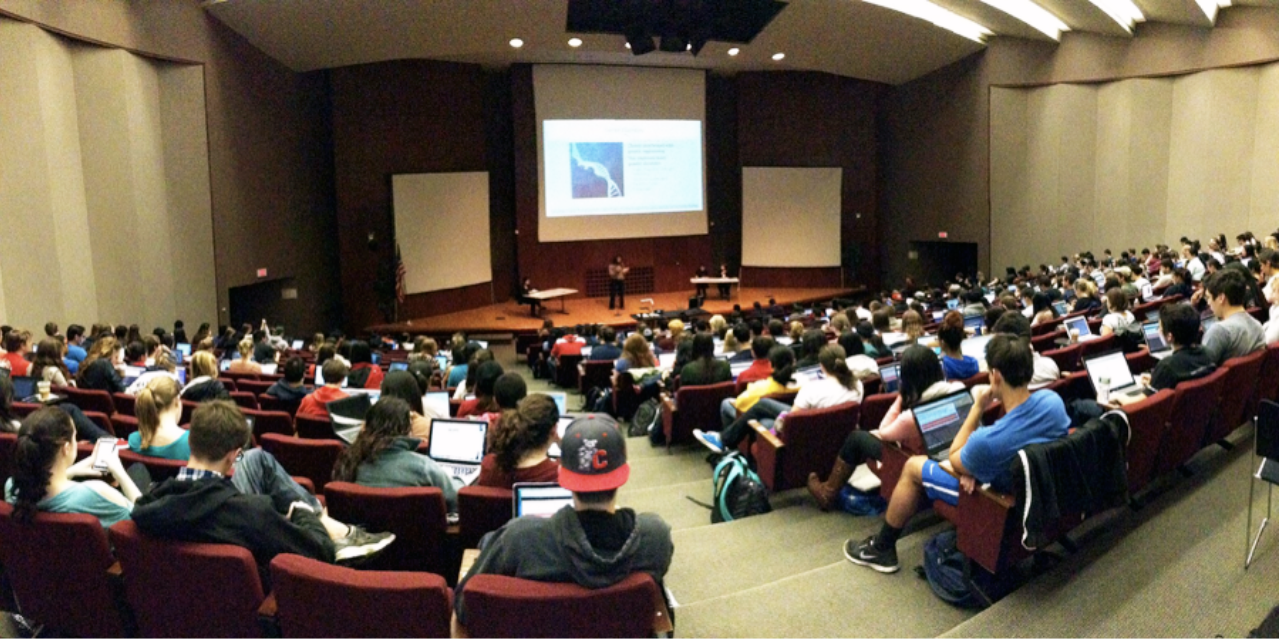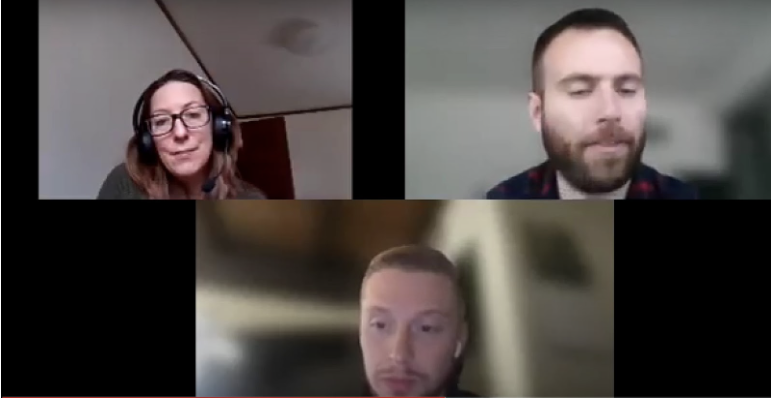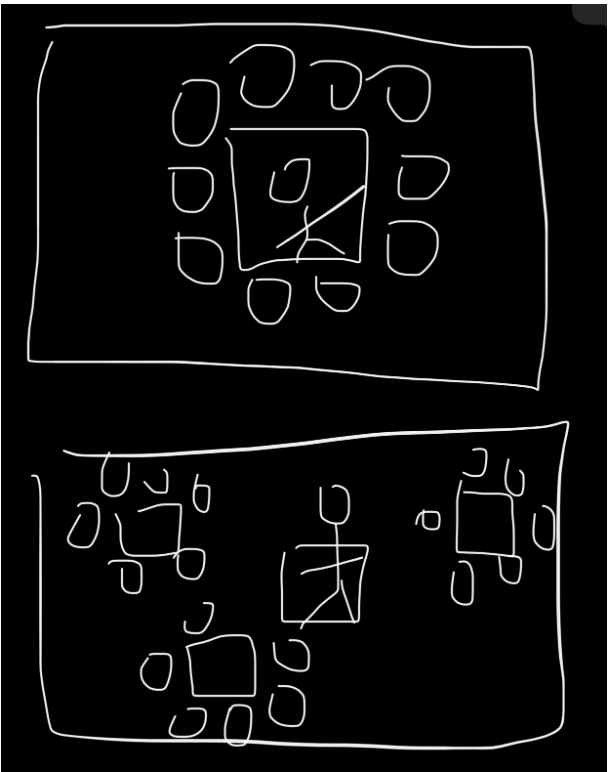OVERVIEW
My Role
Understanding the User
In our group’s course “Qualitative Methods in User Research”, we explored a problem area of student participation in large lecture halls on campus. This study reports on the findings of rapid ethnography and un-design methodologies that aim at developing a physical lecture hall design that achieves amplified student and professor interaction. This study presents and analyzes key findings, fieldnotes, and procedures that provide direction to the changes necessary in lecture halls. The variety of assessed data after these method studies allows researchers to conclude a redesign of the traditional lecture hall that is effective in increasing student and professor engagement within the classroom.
TIMELINE
3 months
Can you walk us through what goes through your mind as you enter the lecture hall?
What are some of your motivations when creating lectures for large classes?
Second Findings
Identifying the Problem
Research Synthesis
MY TEAMMATES
Sally Han
Kevin Park
Matthew Terwilliger
METHODS AND TOOLS USED
Rapid Ethnography
User Interviews
Research Synthesis
Un-design Sketch
Find useful academic literature relevant to our case study
Facilitating user interviews with students and professors
Collaborating with teammates in the un-design phase
Taking field notes in rapid ethnography
Writing final report
Our team first focused on students as the primary user in large lecture halls. We were eager to what goes through their mind from entering to exiting the classroom. First, we sat in the back of four courses that fit our description of a “large lecture” and conducted a rapid ethnography study. Then, we conducted user interviews with five students.
Rapid Ethnography
We chose four courses taught in lecture halls at Cornell University that had 150+ students. Then, we sat in the back of the class for a lecture and took notes based on a list I made for our study. We made observations based on student and professor activity, like when a professor would ask a question to the class, when a student would raise their hand to ask a question, or when a student would go on their laptop or phone to do something not related to class.
We Asked Questions Like..
What do you feel is your focus level in large classes like this? Why?
Initial Findings
What do you feel would make this course better in the future? Why?
Based on our first round of interviews, I realized that we had overlooked a crucial user group - professors. Students’ responses were indicative that their outlook of the course was dependent on how the professor structured it and interacted with them. Because of this, we created a second user interview focused on our other primary user group - professors.
We Asked Professors Questions Like..
Can you tell us what some of your struggles when facilitating large lectures?
Why do you teach courses of these size?
Professors face a tidal wave when teaching large lecture classes. They are mindful of keeping students engaged and making the content meaningful but often fall short. Many would prefer to teach smaller courses but cannot due to the requirements and resources at the college level.
Students were more inclined to participate in large lectures if there was more group work and if the course had assigned seating. Professors were more able to make inclusive lectures if the physical space was more offering of it. Because of this, we as a group felt perplexed by this problem. Not knowing how to move forward, we researched relevant academic literature that could possibly guide us in a better direction.
Struggling to think of potential solutions for such a complex problem, our group decided to lean on academic research in the area of student participation - particularly in large lectures. Based on our research, we took four main points back to our case study:
The active learning model shows promise in large lectures
Seating location matters
Inactive students are not interested in active learning methods
Blended learning also helps
How might we help professors and students engage more in large lectures?
Un-Design
Digitally Prototyped Solution
Lessons Learned
I realized that because professors are only offered the spaces granted to them that we can un-design their current lecture hall’s layout. The team agreed to design the classroom with the aforementioned problems in mind. We sketched design ideas to each other and decided on which concept was favorable.
The un-design process proved to be outstanding for creative purposes. Once we met and went over our sketches, it was clear that we shared an understanding of a potential solution. Taking from each of these sketches, we designed a lecture hall that had pods that professors and TA’s could easily monitor. In addition, students would be able to engage with each other easier and still follow the lecture because each pod would have a screen displaying the presentation.
Do not fall in love with a solution before fully understanding the problem space and its users.
Take time in the brainstorming/ideation phase of a project, rushing it can lead to a crappy solution.
Fully consider user roles. If a user group is overlooked, it can impact the entire project.






